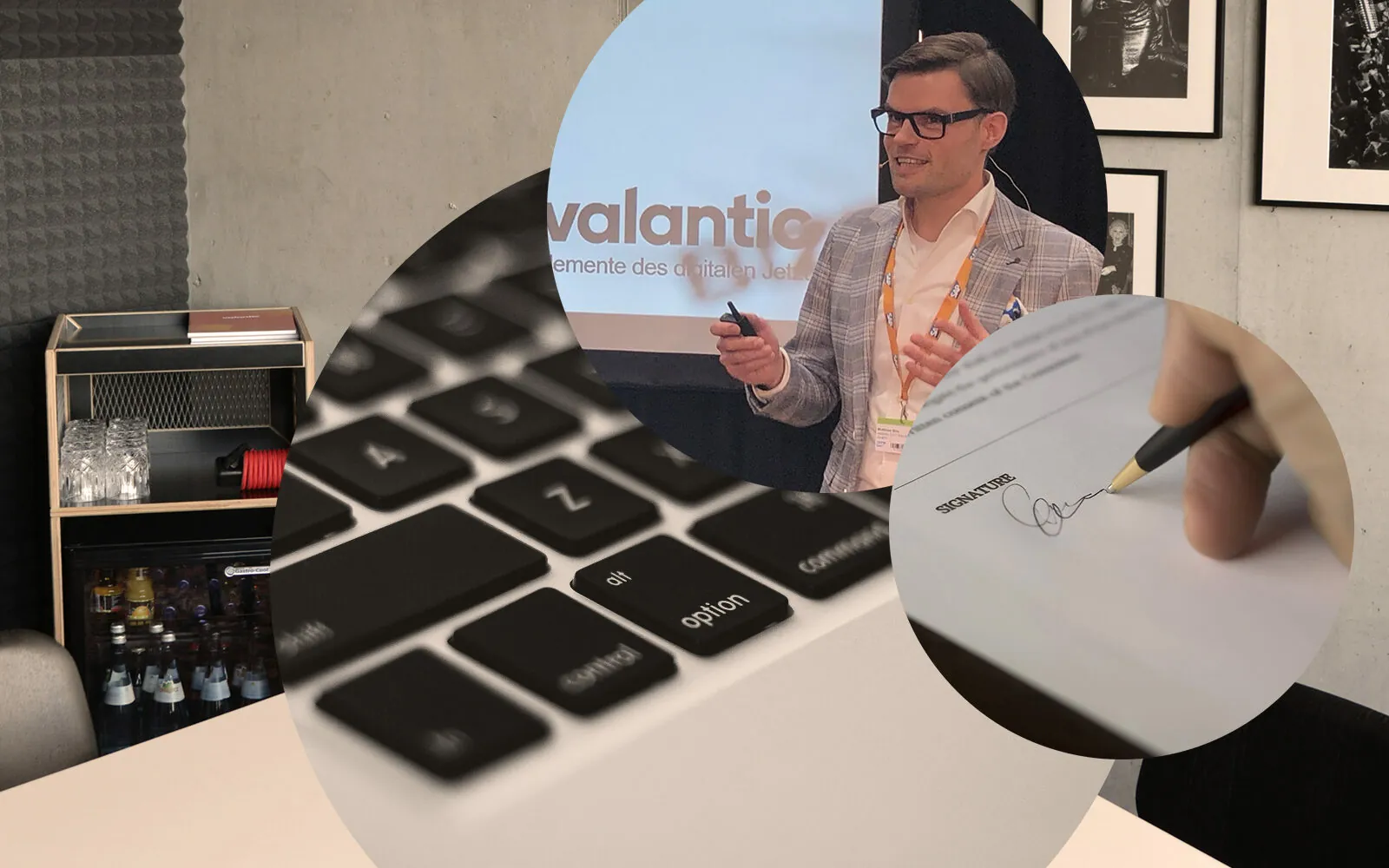Greater customer satisfaction with SAP CPQ: How guided selling increases efficiency in sales
May 12, 2020

May 12, 2020

With the Configure-Price-Quote project at Bizerba, valantic has received the world’s first SAP CPQ reference. We spoke with Matthias Bös, Solution Architect at valantic in the customer experience sector about SAP CPQ, its biggest benefits, how the solution creates a greater customer satisfaction and why configuration through guided selling increases efficiency in sales.
Hi Matthias, right now, everybody is talking about CPQ – what is it?
SAP CPQ stands for Configure, Price, and Quote. It’s an SAP solution that helps sales employees make quotation creation more effective. With a “guided selling” approach, sales employees can find appropriate products for customers quickly and easily. Building on the SAP ERP variant configuration, they have a tool that offers them the best possible assistance with quotation configuration. In addition, price models are considered that are displayed transparently. Thanks to predefined quotation templates in the solution, the user gets a uniform document at the touch of a button. Furthermore, with standardized processes from release (or approval) to shipping on through to commissioning, the documentation can be traced precisely. This way, it is possible to create a valid quotation in the shortest possible time starting with a customer’s complex request for quotations.
Have you had some initial practical experience with SAP CPQ?
After the acquisition of Callidus by SAP, the focus for enhancing SAP CPQ was placed on the use of already existing variant configurations and price models from SAP ERP. This feature is one of the greatest competitive advantages of SAP CPQ and will therefore be enhanced constantly.
In Germany, there are not yet that many companies using SAP CPQ. However, we at valantic have been working with it on a large project since the middle of 2019 and as a pioneer, we have had the opportunity to gather valuable initial experience with it. It’s clear that everything doesn’t always go smoothly. SAP CPQ is counting on the fact that it will be tested and used extensively in practice with our customers. We will only be able to make the first valid statements about it later this year. The initial reports are very good. Quotations can be standardized and sent quickly. Knowledge is recorded in the system and no longer resides in many different places.
How does the incorporation of SAP CPQ into an overall system environment look?
If you examine the classic lead-to-cash process, SAP CPQ is the link between the CRM and ERP systems. From the CRM, the quotation process is initiated in SAP CPQ and the connected ERP system provides material master data, knowledge about relationships, basic prices, costs, etc. SAP CPQ is responsible for quotation configuration and release, print generation, sending, and the transfer of the quotation or order to the ERP system.
In addition to such an integrated solution, however, SAP CPQ can also be operated stand-alone. Master data, knowledge about relationships and prices are then maintained directly in SAP CPQ.
In both cases, sales employee work directly in an SAP CPQ user interface that they can also use on the go. However, the connections are not just limited to SAP.
The COVID-19 situation is accelerating or hindering particular digitalization projects at the moment. How would you classify a SAP CPQ project?
Due to the Corona crisis, speed is more important than ever. A quotation process is just as important as order fulfillment itself, for without a quotation, there can’t be an order. That’s why my answer is very clear: Such projects should be accelerated now.
Employees who are involved in the quotation process and are now working from their home offices need solutions that work perfectly digitally. From coordination with participants to the validity of current prices in the system, to digital signing of a quotation: the mapping of a uniform, slim process within a system is a clear competitive advantage here.
In this context, what do you see as the three biggest benefits of SAP CPQ?
First of all, you increase the efficiency of sales. The process from lead generation to completion (lead-to-order) is speeded up. This way, more orders can be achieved in less time.
Secondly, this reduces costs. Standardization and automation ensure that the customer and sales team are selling the right product at the right price all the time. In the end, there is more time for customers thanks to the time and cost savings.
This brings me to the last and most important benefit: increased customer satisfaction. Customers get better care, individual conditions and special customer data can be saved directly. The quotations are easy to comprehend, and if there are change requests, these can be implemented quickly and the quotation adjusted.
Thank you very much for the conversation, Matthias!
Matthias Bös is Solution Architect for SAP C/4HANA and has been focusing on the topic of SAP CPQ since 2019. valantic assists customers with the complete integration and implementation of SAP CPQ into existing system environments.
Don't miss a thing.
Subscribe to our latest blog articles.